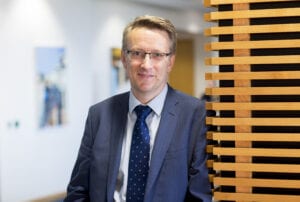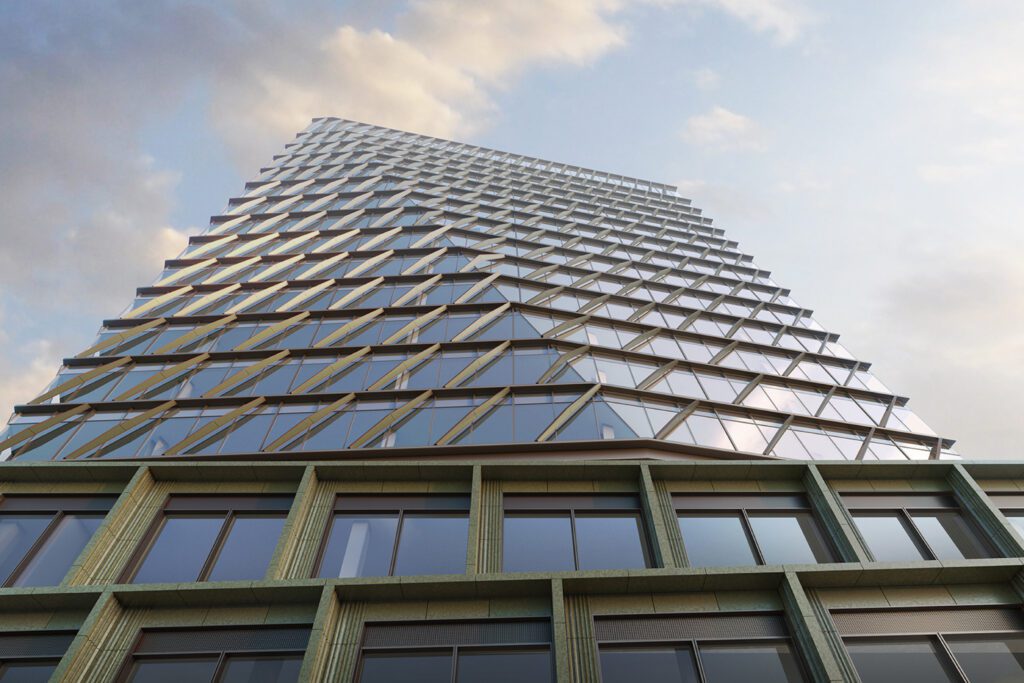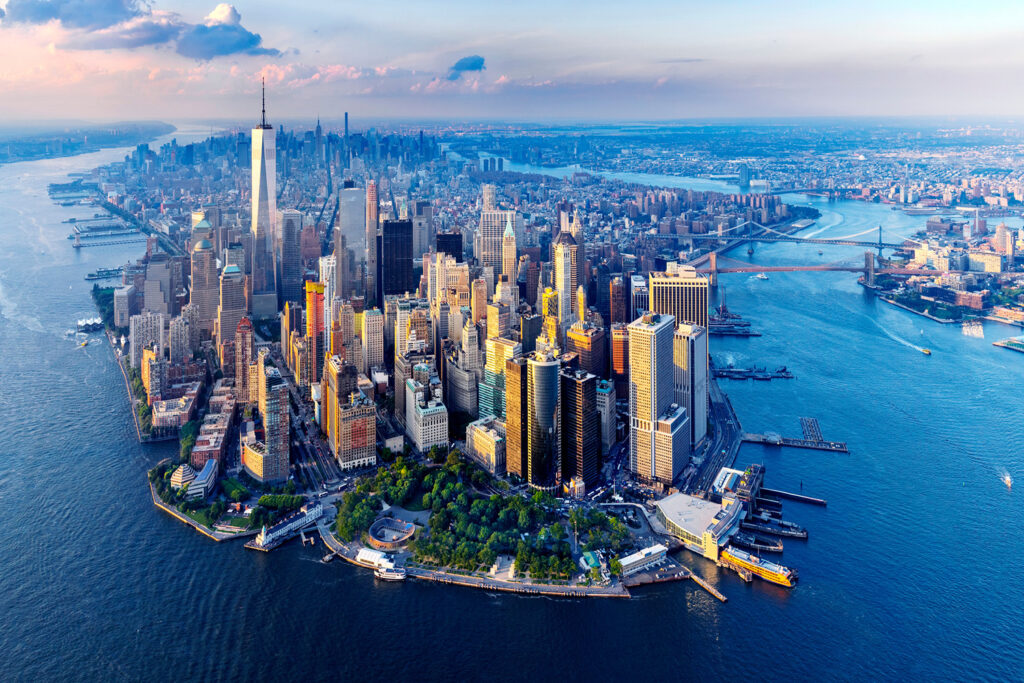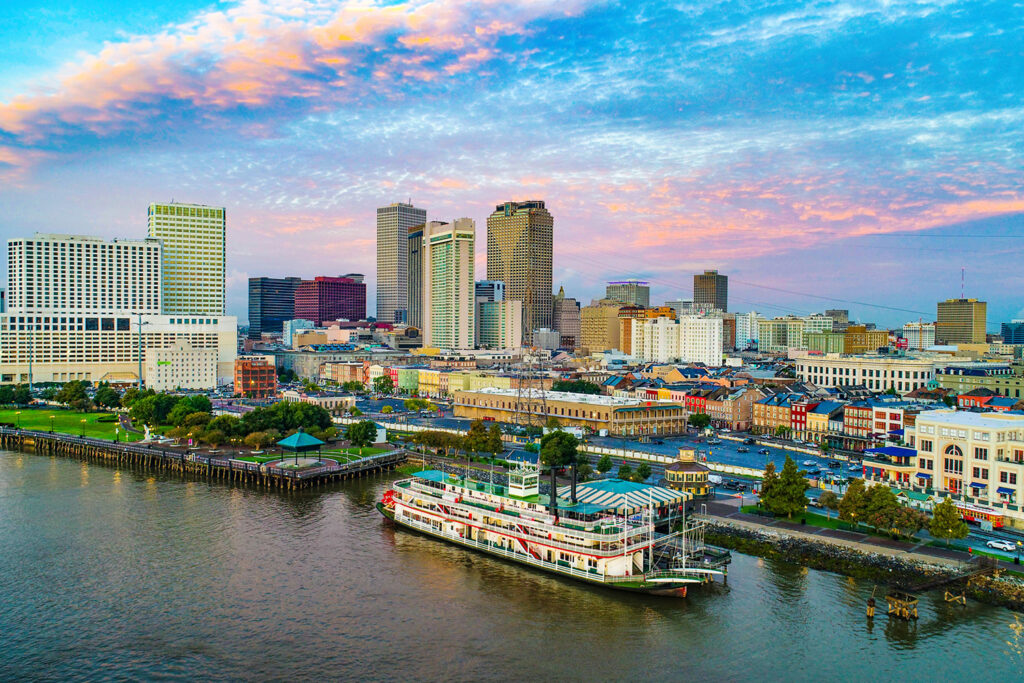Boston: a science-driven story of growth
Boston is one of the oldest municipalities in the United States, founded on the Shawmut Peninsula in 1630 by Puritan settlers from the Lincolnshire town of Boston in England, more than 3,000 miles away.
Through much of the 20th century, Boston was economically over-shadowed by the prominence of New York City on the eastern seaboard. In recent decades, Boston and the Greater Boston area has undergone a transformation, placing itself at the forefront of innovation in the technology, healthcare and life sciences sectors.
Thanks to the academic prowess of its cluster of world-renowned universities – most notably Harvard and MIT – the development of scientific clusters has seen a rapid blossoming of focused developments, dedicated to providing the laboratory spaces required by the region’s growing scientific community.
Buro Happold’s presence in the city has grown rapidly in recent years, driven by this flourishing of the science sector, as well as growth in the other key sectors – including significant academic and cultural projects.
The major regeneration of the city’s Seaport district has led to our team’s work on a range of stand-out projects for Boston in recent years. Unlocked after a decade of development and $22bn of public investment, the Seaport is now home to more than 350 companies, from global leaders in technology and biotech, to ground-breaking start-ups.
“The ecosystem of innovation exists here. There are endless examples of companies at every stage of evolution and that makes a big difference to continue to feed the growth of the sector in this area.”
Julie Janiski, principal and integrated design practice leader, Buro Happold
WS Development is transforming 23 acres of land, composed of 7.6 million square feet into residential, hotel, office, retail, entertainment, civic and cultural uses, as well as public open spaces. The project represents the single largest active development project in Boston’s history. Buro Happold has been engaged to provide multidisciplinary engineering and consulting across a number of the district’s parcels.
One Boston Wharf Road, a landmark in sustainable office design, is one of the key projects that our team has worked on in the district in recent years. The 630,000ft2 office tower is aiming to achieve zero operational carbon with efficient, all-electric systems – a precedent for (large) all-electric buildings in a cold climate.
The building is situated in front of a 1.5-acre park that opened in 2021 as the epicenter of Harbor Way, a new pedestrian-friendly artery designed by James Corner Field Operations. Upon its completion in 2024, this one-third-of-a mile pedestrian promenade will connect the Seaport development to Boston Harbor. Our audio visual (AV) team has also recently worked on The Singing Trees, a piece of immersive public art that connects Bostonians with the nature around them.
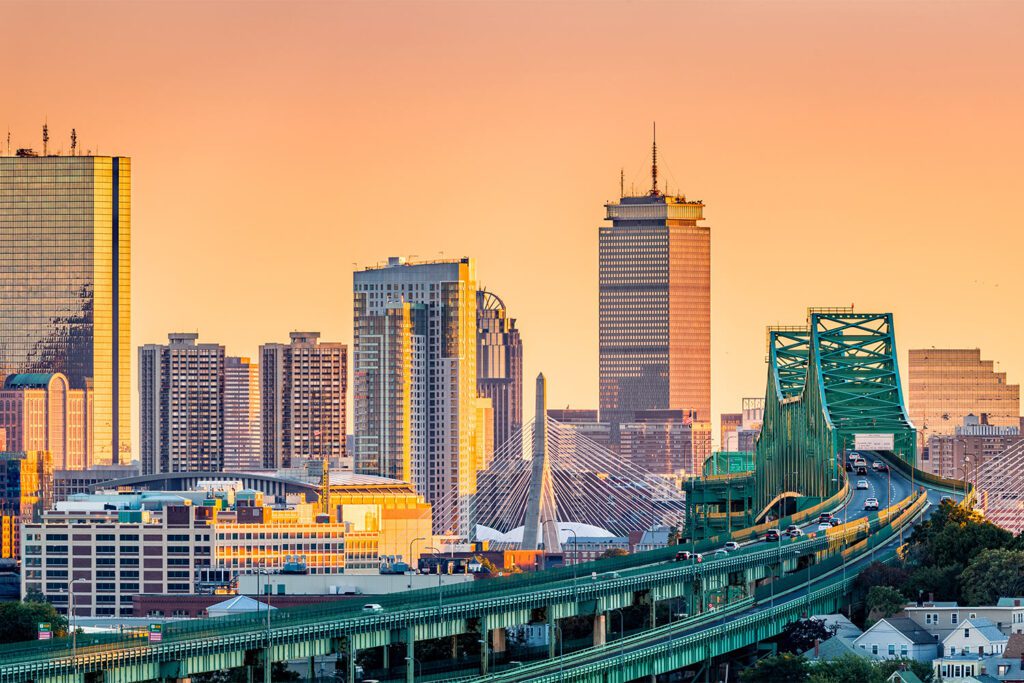
Cutting edge research
The role of institutions like Harvard and MIT in the Greater Boston economy cannot be understated. Last year, work completed on Harvard University’s Science and Engineering Complex included integrated structural and geotechnical engineering services and we collaborated closely with the architectural and building systems team to deliver a state-of-the-art facility.
John Swift, principal and the global science and healthcare sector lead for Buro Happold, has more than 25 years’ experience in the creation of cutting-edge, sustainably designed facilities.
“We are doing a lot of laboratory work, with a range of developers in and around the city,” he says. “Projects like 585 Third Street in Cambridge, a 16-floor mixed-use tower with a heavy life science component, are now fairly typical for us. We also did the original Genzyme Headquarters across the street at 500 Kendell. That’s where it really started.”
The design of 500 Kendell, by German architects Behnisch Architekten, produced a landmark 350,000ft2 headquarters for one of the world’s leading biotechnology companies and led the way for the sector in the region.
“It was also a very forward-thinking building from a sustainability perspective,” John says. “It was the first LEED Platinum project in New England. Recently Genzyme moved out and Takeda Pharmaceuticals moved into the building, and we helped them to recommission the building for their requirements, including updating the building’s unique daylighting system.”
The word sustainability is not just a catchphrase for a green building, but is an imperative of a whole city being sustainable and understanding what that means from environmental justice and natural resource conservation to social equity. Those objectives are at the heart of what I see the city doing. I couldn’t be more excited to be a part of that.”
Julie Janiski, principal and integrated design practice leader, Buro Happold
The original Genzyme commission led to the extension into the laboratory sector for Buro Happold in the area – a sector that has gone on to flourish with world-leading projects for the likes of Draper and MITIMCo in Kendall Square.
“Thanks to the universities we have here, the city retains a lot of high-skilled talent,” John explains. “That helps to build an ecosystem in which the cluster can thrive.“
Julie Janiski, Buro Happold principal and integrated design practice leader, says: “The ecosystem of innovation exists here. There are endless examples of companies at every stage of evolution and that makes a big difference to continue to feed the growth of the sector in this area.”
Indeed, Boston-Cambridge tops the CBRE’s ranking for the nation’s leading life science clusters. As a result, laboratory rents are growing by double-digits, which has led to over 30 million ft2 of lab space being proposed and/or permitted in recent years.

Cultural Shift
This flourishing of academia in Massachusetts spreads beyond the sciences and the connected ecosystem of commercial laboratories. Recent Buro Happold projects like the new music building and the new museum for MIT, demonstrate the health of this wider university-driven market.
“We’re seeing growth in areas like healthcare and aviation, but we also have a pretty strong cultural practice in the Greater Boston area,” John says. “Actually, there are a lot of similarities from a systems perspective between designing a specialist laboratory and a museum. Both need tighter temperature, humidity and environmental controls. There’s a lot of skillset overlap.”
The ambitious nature of all our recent projects in the region reflect the growth in ambitions of the city itself.
“When I was younger, Boston was not seen as a world-class city,” John says. “But now because of the explosion in technology and life science, the city is on the map. The lease rates for science buildings in Kendall Square are the highest lease rates for science buildings in the country. Today, when people think of Boston they think of colleges and universities, and they think of life sciences and climate technology.”
Amid this growth, John and Julie are confident the future looks bright for Boston. “If you look at how Boston is pushing for decarbonization and diversity and equity, it’s a city that is very much in alignment with Buro Happold’s core values,” he says. “We have a very progressive mayor in Michelle Wu – Boston’s first woman mayor. Given its waterfront location, climate change and resiliency will need to be front and center in the coming years.”
“If you look at how Boston is pushing for decarbonization and diversity and equity, it’s a city that is very much in alignment with Buro Happold’s core values,”
John Swift, principal and the global science and healthcare sector lead, Buro Happold

Sustainable future
Julie, who moved to the region six years ago, agrees that the city’s progressive attitude towards sustainability and decarbonization is a cause for great optimism. “Nearly every city and town we have worked with in the region – Boston, Cambridge, Somerville, Watertown, Lexington etc – has either been in the process of or has already published a new zoning regulation or sustainability plan.
There’s an unbelievable amount of progress in the space of aggressive sustainability and resiliency initiatives, including the Commonwealth of Massachusetts stretch and opt-in (specialized) energy codes. The latest specialized code was a direct result of the design community here partnering with municipalities to demand a code that supports a pathway to carbon neutrality.
“The progress that Boston and surrounding cities have made on climate action plans, resiliency and GHG reductions, in terms of both operational and embodied carbon, have been incredible,” Julie adds. “The word sustainability is not just a catchphrase for a green building, but is an imperative of a whole city being sustainable and understanding what that means from environmental justice and natural resource conservation to social equity. Those objectives are at the heart of what I see the city doing. I couldn’t be more excited to be a part of that.”
But challenges remain for the Greater Boston area as it continues to flourish.
“One of the biggest challenges for Boston is that it’s very expensive to live here,” John says. “While there’s a lot of talent, a lot of it is focused within the Interstate 95 Belt. Like lots of successful cities – having sufficient affordable housing within reach of the city center, so that the city can operate in a reasonable way, is a challenge that will need to be overcome.”
Julie adds: “There is a big push from a lot of the communities around here for developers to better balance commercial and housing needs in their projects. There is clearly a lot of money in a tech-driven economy, and leveraging that opportunity can box-out other people. I think we will continue to see more clarity from communities in what they are demanding.”
